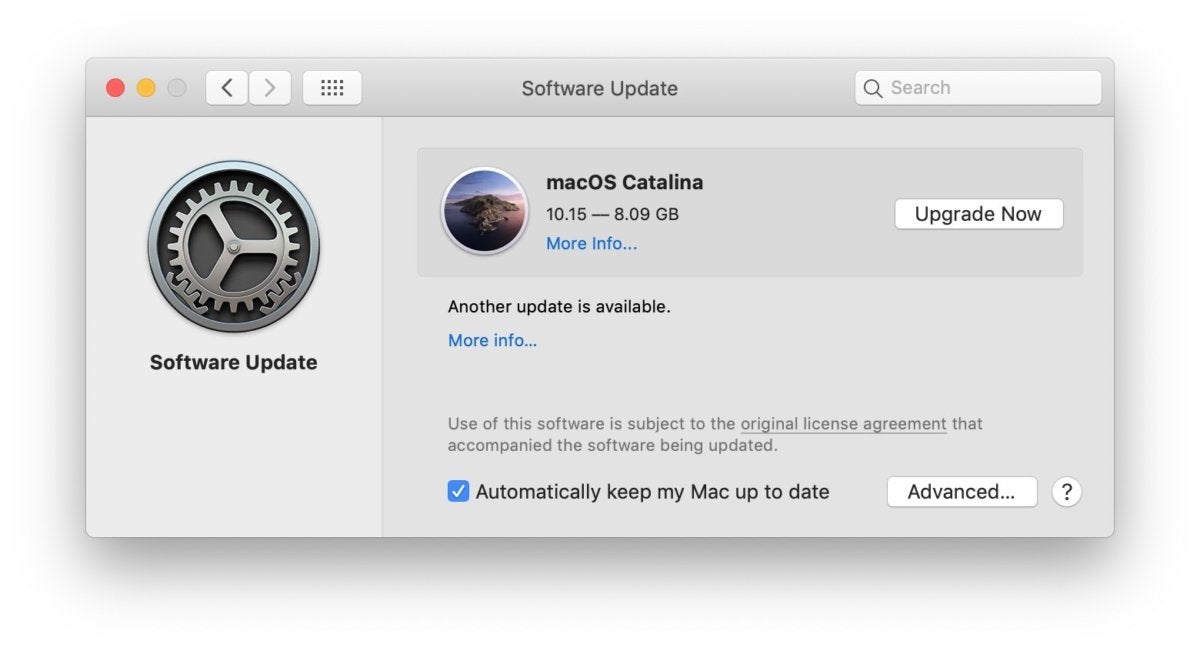The company first unveiled the latest version of its desktop OS at its annual Worldwide Developers Conference in June. It arrived for all users on Monday.
Apple released 2019’s free upgrade to macOS 10.15, aka “Catalina.”
Available from the Mac App Store, where the upgrade was tagged at nearly 5GB or as an even larger direct download – up to 8GB from its predecessor – Catalina is free and can be installed on a wide range of Macs. Apple posted a full list of the compatible hardware here.
Mac owners currently running 2018’s Mojave (10.14) can upgrade by choosing Software Update from the System Preferences window. However, machines running High Sierra (10.11), Sierra (10.12) or High Sierra (10.13) must upgrade from the Mac App Store. Those few customers still relying on the ancient Lion (10.7) or Mountain Lion (10.8), must first upgrade to El Capitan before upgrading from there to Catalina. (Good luck.)
Apple introduced macOS Catalina earlier this year at its annual Worldwide Developers Conference (WWDC), and has conducted a summer-long beta test with both developers and the general public.
Among the new features Apple has touted, some of the standouts include Sidecar, which transforms an iPad into an external auxiliary screen (the third-party Duet Display has been doing this for several years); Activation Lock on Macs equipped with the T2 security chip, which lets IT administrators lock up the machine so it’s worthless if lost or stolen (and block workers from changing the lock); and a refreshed Safari 13, which features a revamped new tab page.
macOS Catalina also breaks with the past, and will refuse to run 32-bit applications. Apple has been pinging users with notifications since last year, but now will bar the use of 32-bit apps entirely.
More information about Catalina, as well as detailed instructions on steps to take prior to upgrading, can be found on Apple’s website.
Apple
This article originally appeared on ComputerWorld.

